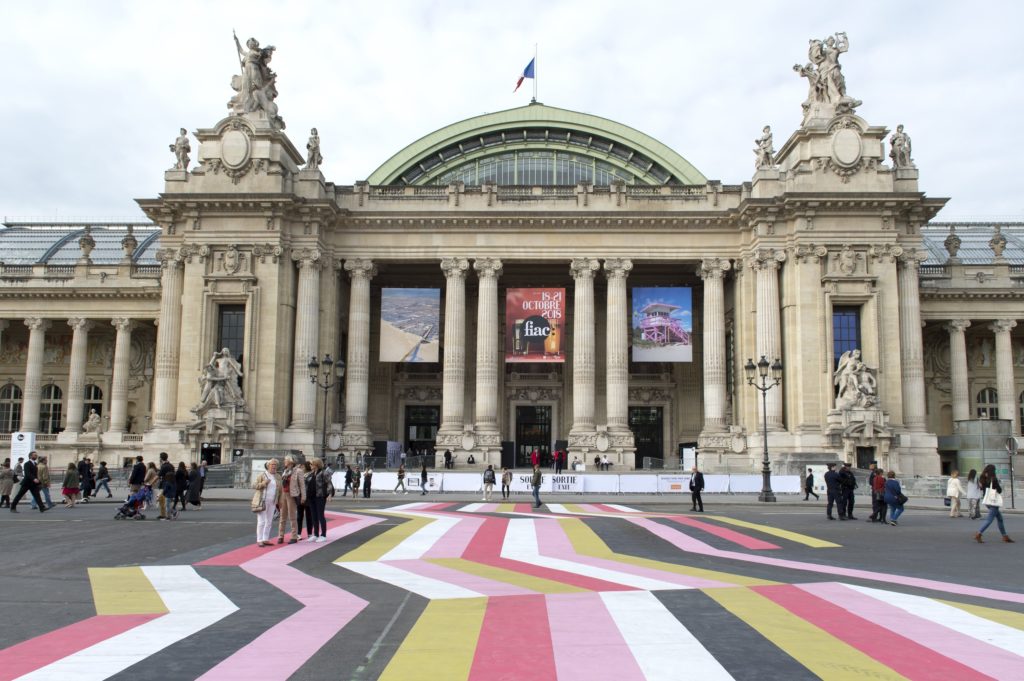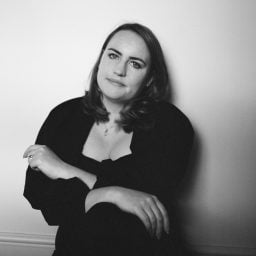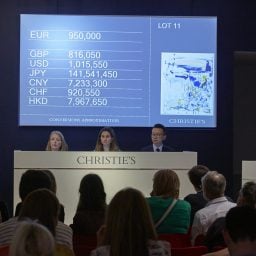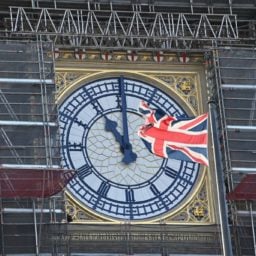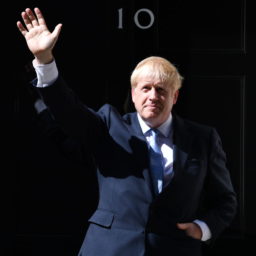The art market is rife with speculation as Brexit hangs in the balance ahead of FIAC in Paris, which opens to the public on Thursday. But regardless of any tailwind to be had from the UK’s messy divorce from the European Union, the French capital is charting its own course to becoming revitalized as a major art market hub.
Inside the vast glass and iron exhibition hall that is the Grand Palais, exhibitors are seeking to satisfy the expectation of museum-quality presentations at the French fair. Some promised highlights will be a large sculptural work by Yayoi Kusama, on view at Victoria Miro’s booth, which will be echoed outside the fair as the Japanese artist takes over the Place de la Vendôme with a giant inflatable polkadot pumpkin.
Muscular works by blue-chip artists are a mainstay for art week in Paris, a city that is steeped in institutions and deep-pocketed collectors. After the successful presentation of a work by Louise Bourgeois at Hauser & Wirth last year, which went for a whopping $2.5 million, the Swiss-owned gallery returns with a presentation of gallery artists including another sculpture by the French artist.
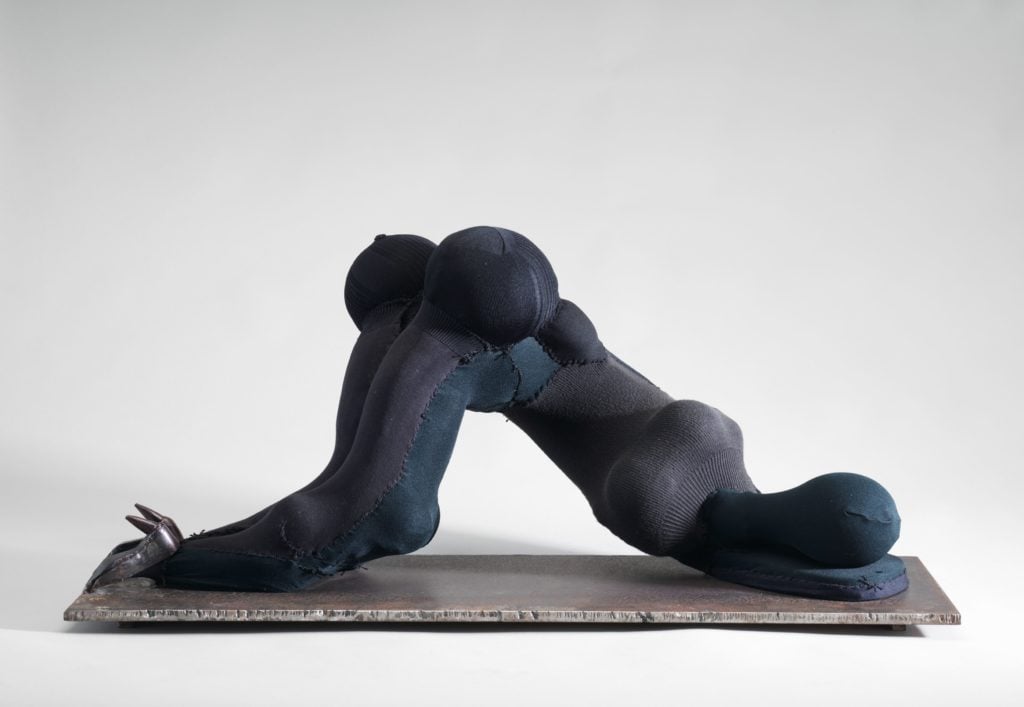
Louise Bourgeois, High Heels (1998). ©The Easton Foundation/ DACS 2019. Courtesy The Easton Foundation and Hauser & Wirth.
“Paris is a hotspot right now, but it has always had an enduring appeal,” Hauser & Wirth president Iwan Wirth tells artnet News. “The profile of the fair has become more international because discerning collectors are drawn to the city by the outstanding institutional exhibitions.”
Wirth says that the gallery is anticipating conversations with foundations and museums again this year. “They respond so well to the refined atmosphere and singular focus of FIAC,” he adds.
May You Live in Turbulent Times
For those passing by the impressive façade of the Grand Palais this week, a statement billboard by the Nigerian artist Emekah Ogboh will take pride of place. It reads “Quand il y a un, ça va…” (“when there is one, it’s fine…). The saying, (the second half of which continues, “…It’s when there are many that there are problems”) calls out the racist rhetoric that has taken hold in Paris and elsewhere in Europe in recent years. The public piece will be in dialogue with another work by Sylvie Fleury, a neon that, as if responding to Ogboh’s quoted provocation, reads “YES TO ALL.”
For many, Fleury’s work might also conjure up the looming specter of Brexit. Uncertainty has been haunting collectors and dealers who are trying to predict whether the UK’s imminent exit from the European Union might destabilize London’s stronghold over the European art market in favor of the French capital. A Eurostar train ride away in Brussels, Brexit negotiations are pushing ahead, and many in Paris are voicing the opinion that the city might be an incidental winner if new tax hurdles and delays at the border end up shifting European trade there instead of London.
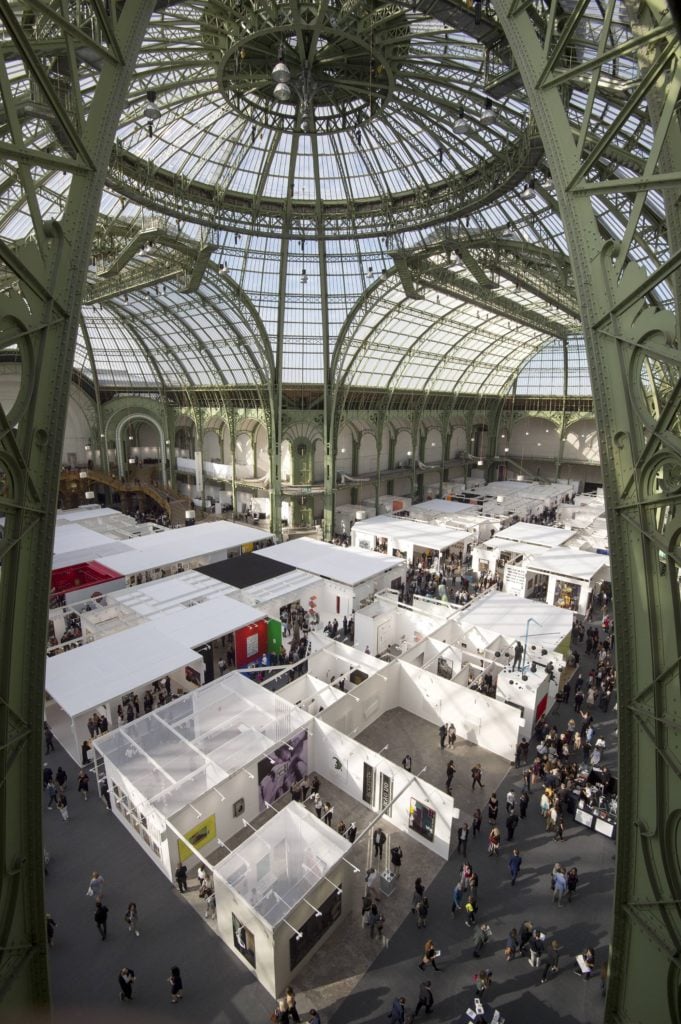
FIAC at the Grand Palais. Photo by Marc Domage.
“It has been clear for a while that Paris is a big winner of Brexit,” Maya Mikelsone, a Paris-based curator and art advisor, tells artnet News. “It is becoming more international. Just to mention that David Zwirner, White Cube, and Pace are opening new spaces in Paris. I guess they are not doing this without a reason.” While the Pace space is not yet confirmed, ARTnews reported recently that the mega-gallery was looking for a building in the French capital. A spokesman for Pace declined to comment on the matter when reached by artnet News.
However, Belgian art collector Alain Servais is not convinced by the idea that London’s turbulent politics will teeter the market towards the French capital. “The art market is global and is very handy at going around ‘local’ constraints like customs and exchange rates,” Servais tells artnet News. “Therefore, I don’t see there being much fuss to be had with Brexit before we know the exact consequences.” He adds that the art market will probably find a way around the new limitations that Brexit might pose.
Give Paris a Chance
The Belgian collector also underscored the fallacy of pitting Frieze London and FIAC against each other. “It is more and more a mistake to want to create competition or comparison between both,” he says, explaining that London and Frieze are much more business-oriented, contemporary art-focused, with more branding clout and higher price ranges than their French counterparts.
On the flip side, Paris and FIAC have more prestige, which is appealing to international visitors, and especially US collectors. “The atmosphere is much easier-going in Paris: less business, more culture, good food, and drinks. Frieze and FIAC are two different fairs in different cities for a different public,” he adds.
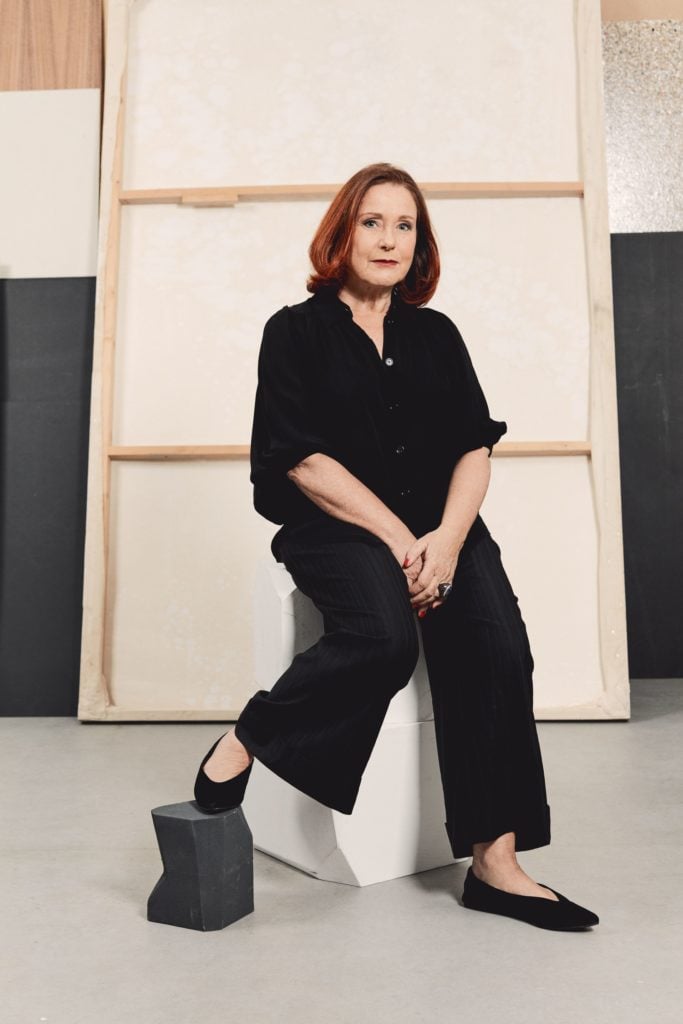
Jennifer Flay. Portrait by Max Tetard.
FIAC’s director Jennifer Flay is of the same mind. The two fairs are different beasts, and there’s no reason they can’t stand side-by-side. “It is possible that Paris may benefit from a Brexit, but at this point, no one is certain of the conditions in which Brexit will occur, and therefore even less of its potential impact on France and other European countries,” Flay says. While many of the French feel a “deep sadness” about the situation, she says it is “disheartening” and “not constructive” to think of one city benefiting at the expense of another.
“If there is what is perceived as a cultural renaissance in France and in Paris—I believe this is the case—it has nothing to do with the as yet undetermined effects of Brexit,” Flay says.
Indeed, Parisian galleries are experimenting with new formats, for which we cannot credit Brexit. In an expansive site in the borough of Romainville, five Parisian contemporary art galleries are opening exhibition spaces as part of a new initiative called “Komunuma.” Galleries Air de Paris, Galerie Sator, Galerie Jocelyn Wolff, and In Situ’s Fabienne Leclerc will be part of the complex. Elsewhere, fashion and art’s continuous overlap in the stylish capital can be found at the Centre Pompidou, where Rick Owens has created a series of monolithic beds on which living statues will take part in an evening of performance.
So, whatever storms are brewing across the channel, Paris is making headway on its own. “[Paris’s renaissance] is the result of a gradual transformation that has been underway for the past 15 to 20 years, which results more from a renewed self-confidence rather than an unfortunate external event,” Flay says. “It is inherent to the dynamics of the French cultural world as they have developed over the last three decades.”
